Do thread lifts work?
Yes. Thread lifts are effective, but they’re not suitable for everyone.
To find out if your face and skin are suitable for a thread lift, consult an experienced practitioner.
Is a thread lift as good as a facelift?
No. A thread lift moves the superficial tissues of the face and has a temporary effect. A surgical facelift goes deeper, and repositions the deeper layers of the face, and has a permanent effect.
What are the threads used in a thread lift made from?
The threads are made from biodegradable substances that are safe in the body, such as these:
- Poly-L-lactic acid (PLLA). This is a bioplastic that is used in dissolvable stitches, so it is well-proven to be safe.
- Polydioxanone (PDO). This is a biodegradable synthetic polymer.
Silhouette Soft threads and NovaThreads have both received FDA approval for lifting facial tissue. Silhouette Soft uses PLLA; NovaThreads uses PDO.
Where can I get a thread lift?
You can use the Find a Practitioner tool on this website to find a practitioner who performs thread lifts.
How much does a thread lift cost?
The cost depends on how many threads are used. As an example, the cost of an average four-thread lift using Silhouette Soft threads is around £1,500.
How long does a thread lift take?
A thread lift normally takes 30 minutes to an hour, depending on how many threads the practitioner inserts.
What is it like to have a thread lift?
A thread lift starts with an initial consultation at which you discuss your goals with the practitioner. The practitioner examines you, looking in particular at how much loose skin there is in which areas, and assesses whether a thread lift would work for you.
Assuming the practitioner finds the thread lift suitable, and you decide to proceed, a facial thread lift normally goes something like this:
- The practitioner decides how many threads to use and where to place them. The practitioner draws on your face to mark where the threads and cones will go, also marking the exit points for the threads. The exit points tend to be in the eyelid closure line, the line that runs from the outer corner of your eye around toward your ear.
- The practitioner injects a small amount of anaesthetic to numb the entry point, then uses a needle to make a hole through the skin and a ‘well’ down to the fat layer.
- The practitioner pulls the thread to close the knots in it, then drops the thread into the well and passes the thread along under the skin to the exit point.
- With the thread in place, the practitioner pulls it taut. Then, starting from the entry point, the practitioner works along the thread, inching the tissue over the cones until it is in the right place to achieve the lift.
- As the practitioner works, you’ll feel the pressure as they pass the threads under your skin. You may feel some smarting, but there should be no pain as such. Hard as it may be to believe, a fair number of patients actually fall asleep while having the threads inserted.
- The process is incredibly similar when thread lifting is used on the body too.
What is the downtime like after a thread lift?
After having a thread lift, you must treat your face or arms gently for at least the first two weeks to give the threads time to settle down. That means not only shunning vigorous activity and impact sports but also avoiding anything that will require stretching your mouth open wide, from having a dental appointment to biting into a whole apple. You should also be scrupulous about washing your hands before touching your skin – harder than it sounds – and absolutely do not rub it. Your practitioner will likely also recommend staying out of the sun and avoiding alcohol, ibuprofen, or anything that might encourage bleeding.
Remember, you can download my thread lifts factsheet to keep all these details on file.

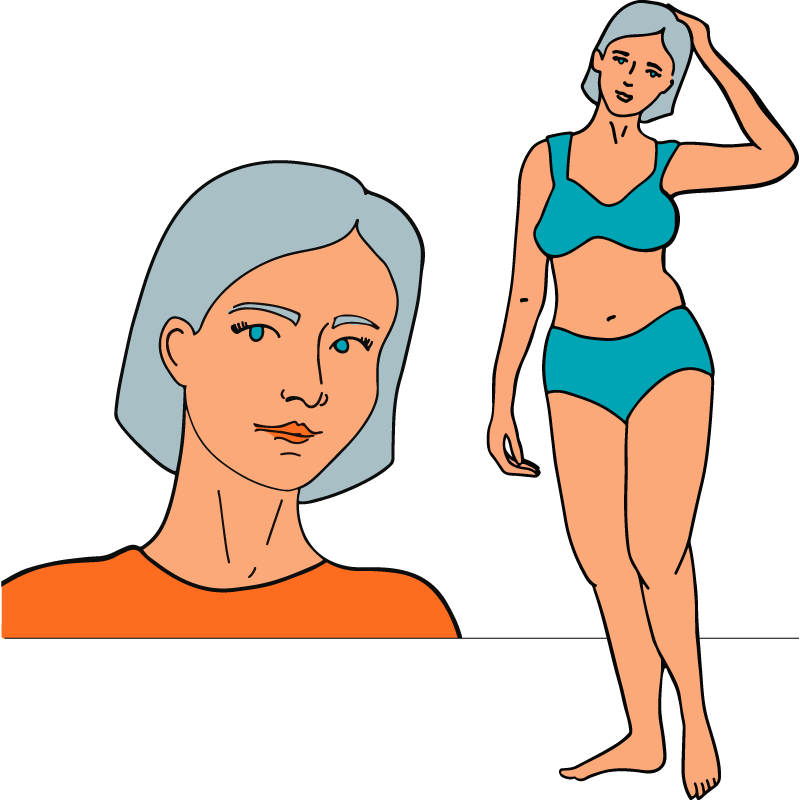



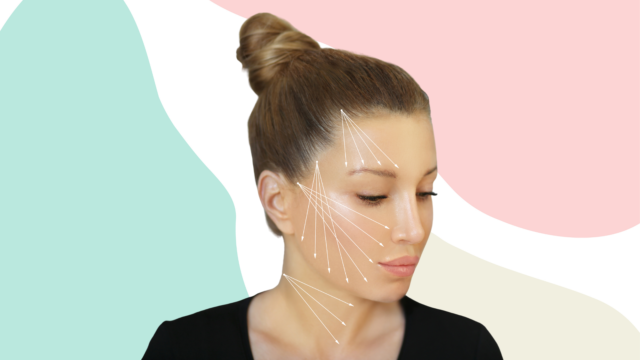
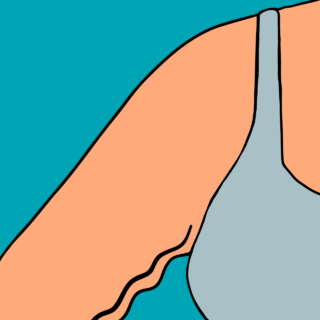
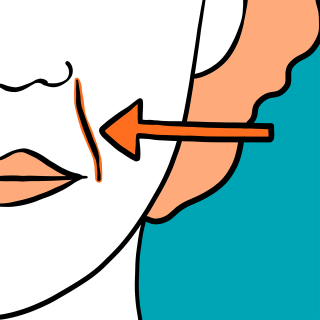
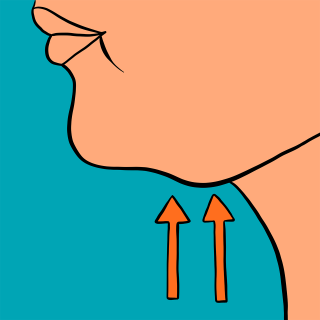
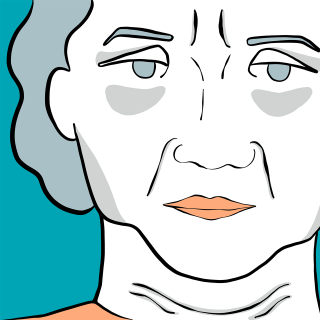


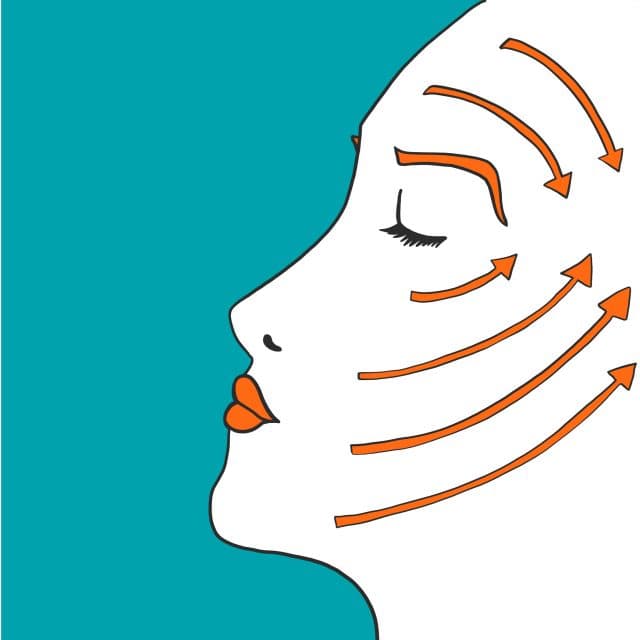
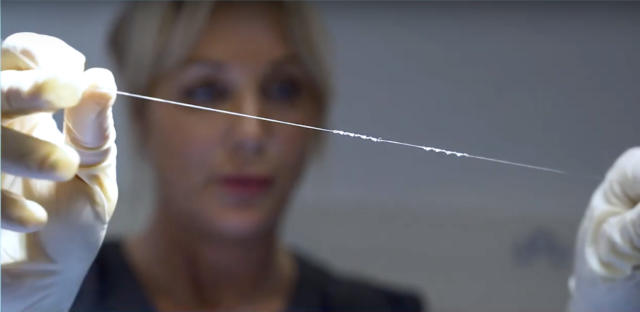
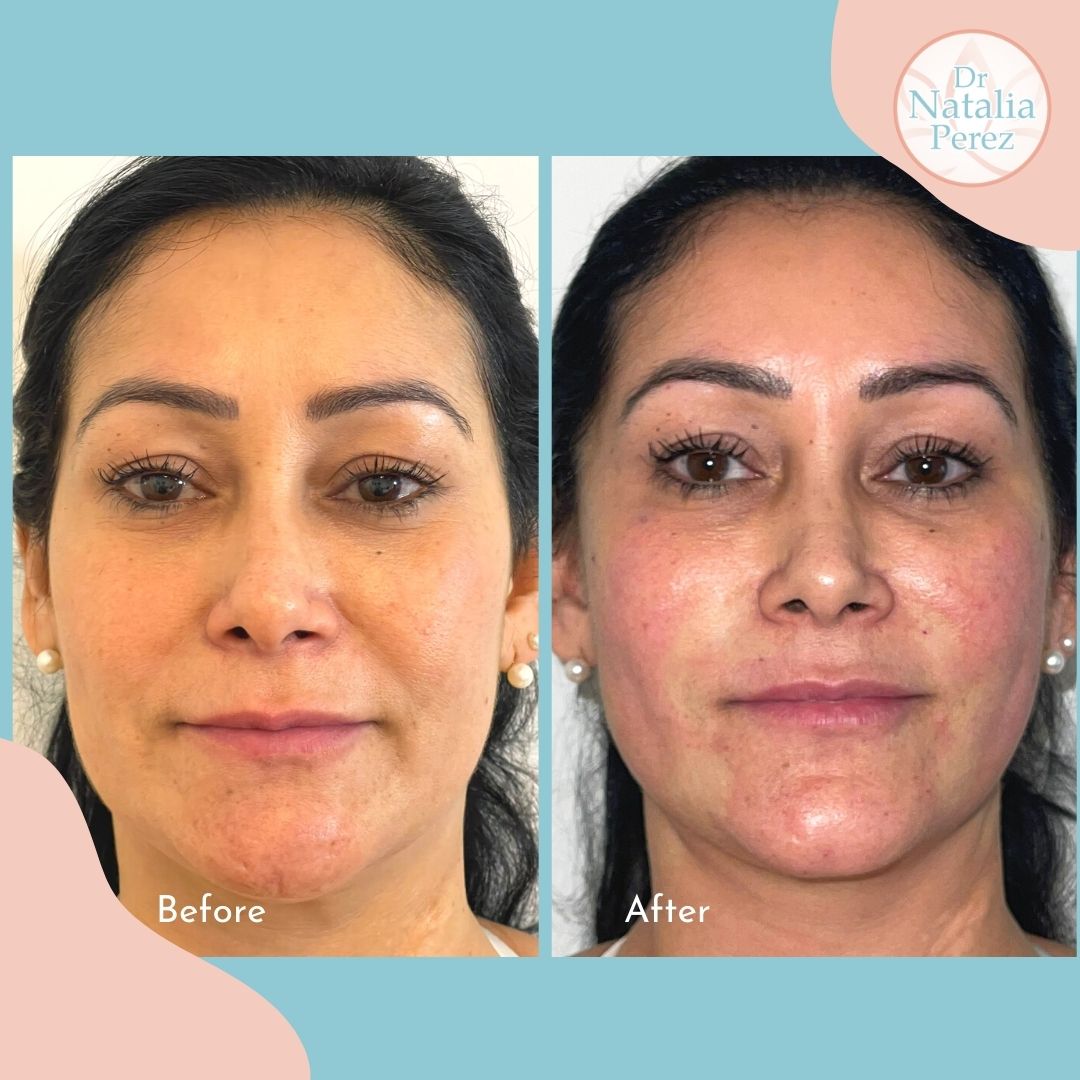
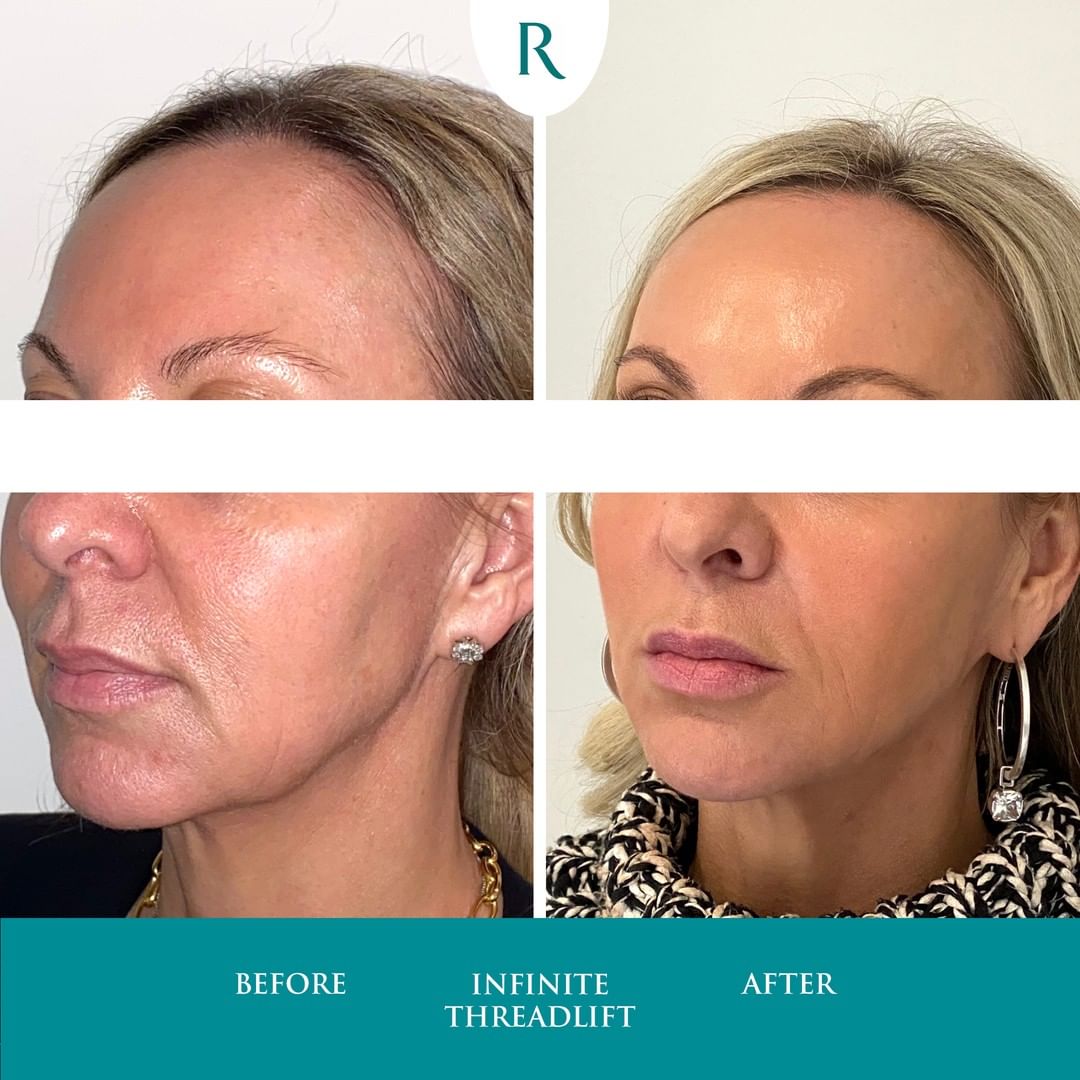
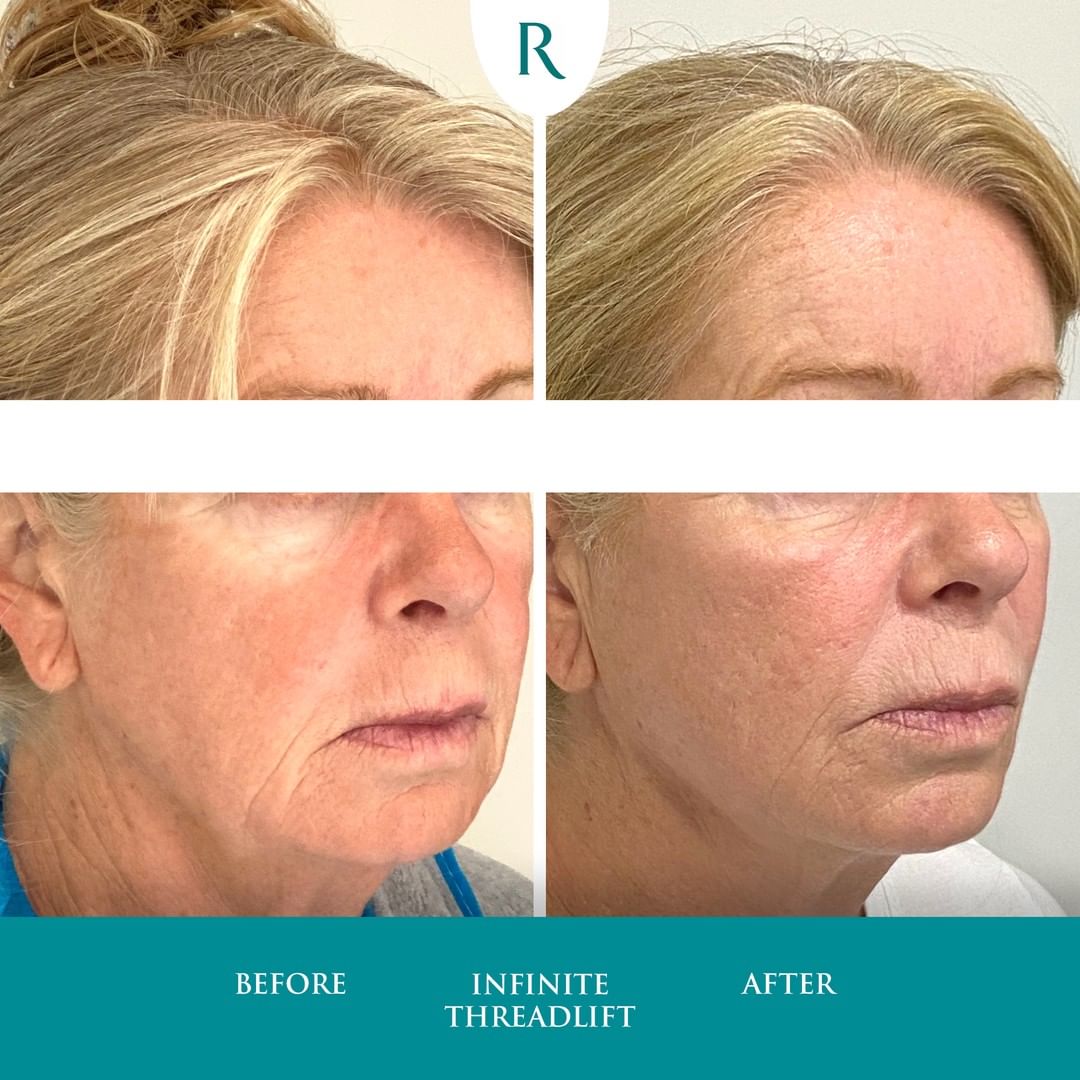
 The Tweakments Chatbot
The Tweakments Chatbot